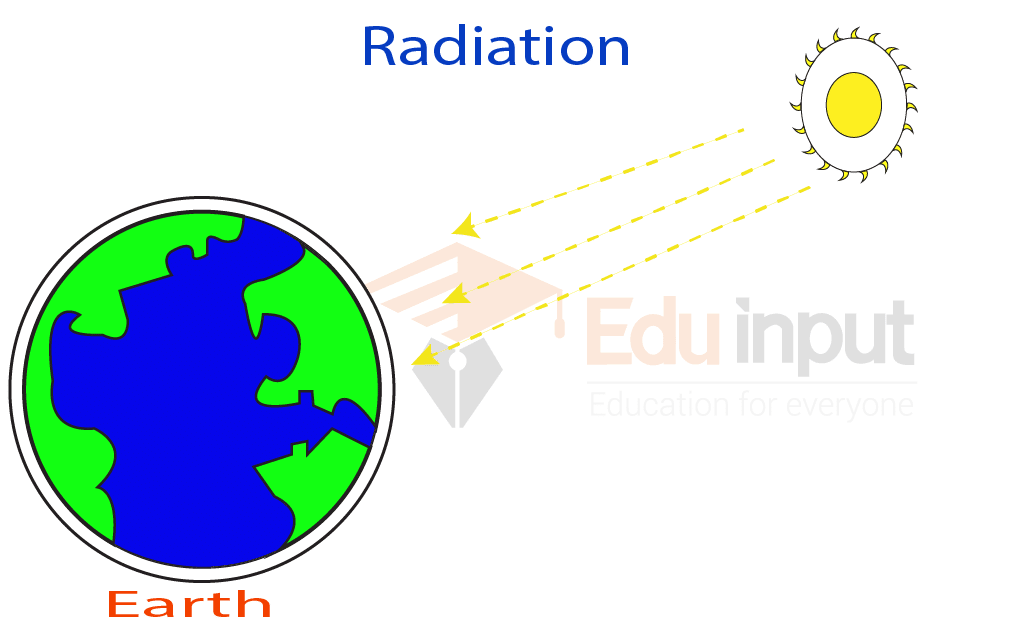In the realm of medical science, especially within oncology, the roles of various professionals often overlap, leading to confusion regarding titles and responsibilities. A prevalent inquiry among those seeking insight into this field is whether a radiation therapist is synonymous with a radiation technician. While the terms may seem interchangeable at first glance, a closer examination reveals distinct differences between the two professions, each serving critical yet divergent functions within the healthcare continuum.
At the outset, it is essential to delineate the primary responsibilities of both a radiation therapist and a radiation technician. Radiation therapists are specialized healthcare professionals who administer radiation treatment to cancer patients. Their role encompasses a profound understanding of human anatomy, treatment modalities, and interaction with sophisticated technologies that deliver targeted radiation doses. They not only execute the treatment plan devised by radiation oncologists but also monitor patients throughout the process, ensuring their comfort and safety. This therapeutic focus is not merely technical; it involves substantial patient interaction, often necessitating counseling and emotional support for individuals facing significant health challenges.
In contrast, a radiation technician, more formally referred to as a radiologic technologist (or RT), operates imaging technologies, such as X-rays, CT scans, and MRI machines, to assist healthcare providers in diagnosing medical conditions. While both professionals work within the domain of radiology, their core functions diverge markedly. The technician’s primary objective is to produce high-quality diagnostic images that enable physicians to make informed clinical decisions. Consequently, the educational pathways and methodologies adopted by these two professions are equally dissimilar.
The educational requirements for radiation therapists are stringent and often demand a bachelor’s degree in radiation therapy or a related field, coupled with clinical training. Most accredited programs include instruction in radiation physics, oncology, and patient care, culminating in a certification exam. Many states mandate licensure, further emphasizing the rigorous training necessary to excel in this role. This level of preparation reflects the therapist’s critical position in patient treatment planning and execution, where precision and efficacy are paramount.
Conversely, radiologic technologists generally complete an associate degree program in radiologic technology. This curriculum includes foundational courses in anatomy, patient care, and radiographic techniques, with an emphasis on safety standards related to radiation exposure. Though certification is also encouraged for technicians, the pathways to qualification tend to exhibit less complexity compared to those of radiation therapists. Thus, while both positions require specialized training, the depth and focus of that training diverge significantly, paralleling the respective responsibilities they undertake.
The distinction between these roles accentuates the necessity for interdisciplinary collaboration within the healthcare framework. A radiation therapist must engage frequently and effectively with radiation oncologists, medical physicists, and oncology nurses to devise and implement a comprehensive treatment plan that aligns with each patient’s specific diagnosis. This collaborative approach ensures a seamless integration of expertise, maximizing the likelihood of therapeutic success and minimizing potential risks associated with radiation exposure.
Moreover, the emotional and psychological landscape navigated by radiation therapists cannot be understated. As primary caregivers during the radiation treatment process, they often form integral relationships with patients, providing not only medical support but also essential encouragement and empathy during challenging times. Such interactions necessitate a depth of understanding that transcends mere technical skills, highlighting the importance of interpersonal dynamics in the therapeutic environment.
On the flip side, radiation technicians predominantly engage with patients in settings where diagnostic imaging is performed. Their expertise in operating complex machinery requires a detailed understanding of physics and technology. While patient interaction is essential, the primary focus resides within the technical execution of imaging procedures. Consequently, the relationship between technician and patient tends to be less pronounced compared to that of the therapist, whose role is more intimately tied to ongoing patient care.
It is also worth noting that advancements in technology consistently reshape the landscape of both professions. Innovations in radiation therapy techniques, such as intensity-modulated radiation therapy (IMRT) and stereotactic body radiation therapy (SBRT), demand that radiation therapists remain abreast of cutting-edge trends and enhanced treatment modalities. Similarly, emerging imaging technologies compel radiation technicians to adapt and refine their skills continually, ensuring optimal diagnostic output and patient safety.
In conclusion, while radiation therapists and radiation technicians may operate within the same sphere of medical imaging and treatment, their roles are fundamentally different, characterized by distinct training, responsibilities, and interactions with patients. Appreciating these differences not only clarifies the essential functions each professional serves but also elucidates the broader collaborative nature of healthcare. Each role, while unique, contributes critically to patient outcomes, embodying the interwoven fabric of modern medical practice.
In a landscape where medical professionals continuously adapt to scientific advancements and evolving patient needs, understanding the nuances between roles such as radiation therapists and radiation technicians is vital. As the medical community progresses, the dedication and commitment of both professions remain instrumental in the fight against cancer, reinforcing the profound yet subtle interconnectedness of those who help heal the human body.












